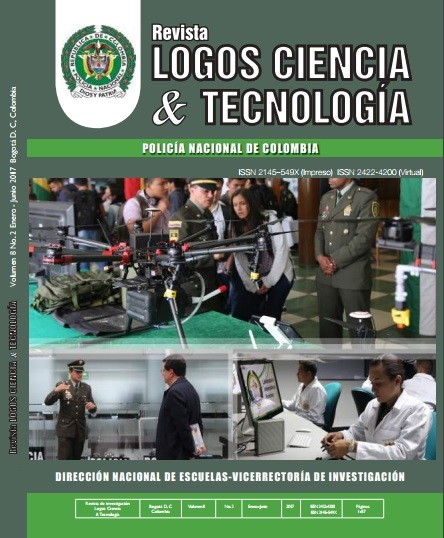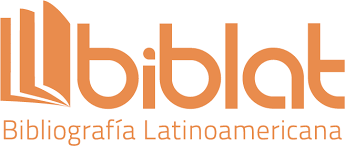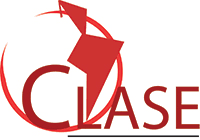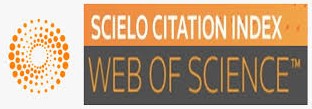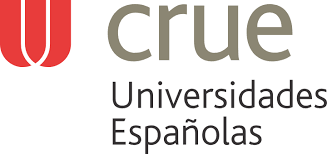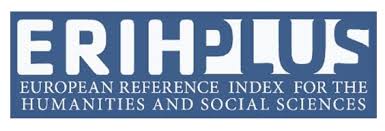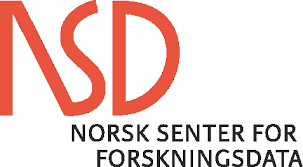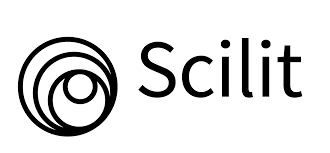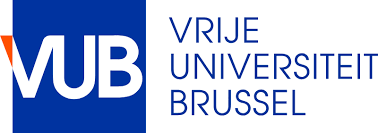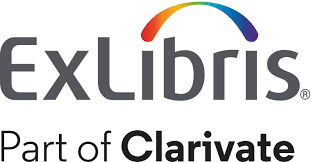Comparison of the quality of humus of vegetable material (of artificial wetlands) with the of domes
DOI:
https://doi.org/10.22335/rlct.v8i2.389Keywords:
Organic fertilizer, Wetland vegetation, Composting, PilaAbstract
The research was based on the composting of plant material from artificial wetlands, launched in a pilot project of wastewater treatment for Quebrada Mi Padre de Jesus located around the School of Environment and Natural Resources of the University District Francisco José de Caldas, carried out in 2010. Taking into account that these vegetal residues, end their useful life in the wetlands and do not have any specific use, an alternative of the use of these residues was generated, in the production of compost or compost organic. The need arises to find a method that makes possible its remarkable reduction, transformation and use in such a way as to generate a positive impact in the environmental, economic, social and health areas. In this case the composting was used as a technique for the biodegradation of the vegetal residues of the species Water Buchón (Eichhornia crassipes), Buchón Cucharita (Limnobium laevigatum.) And Junco (Schoenoplectus californicus), transforming them into an organic fertilizer; Similarly, biodegraded plant residues from the market place, which were collected from the Paloquemao market square located in the city of Bogotá, using the same technique with the purpose of having a comparative point in the final quality of the fertilizers, with With respect to the stipulated in the norm NTC 5167 fourth update, referring to chemical, physical, and microbiological parameters with which the fertilizers generated from organic residues of animal and vegetal origin must fulfill.
Downloads
References
Aversa, M. I., Dans, S. L., García, N. A., & Crespo, E. A. (2011). Growth models fitted to dipturus chilensis length-at-age data support a two-phase growth. Revista Chilena De Historia Natural, 84(1), 33-49. doi:10.4067/S0716-078X2011000100003
Bhadra, A., Bhattacharjee, D., Paul, M., Singh, A., Gade, P. R., Shrestha, P., & Bhadra, A. (2016). The meat of the matter: A rule of thumb for scavenging dogs? Ethology Ecology and Evolution, 28(4), 427-440. doi:10.1080/03949370.2015.1076526
CEMPRE, C. E. (s.f.). Manual de Gestión Integral. Uruguay: AV.
CENTRO NACIONAL DE INVESTIGACIONES DEL CAFE - Cenicafé. ((s,f)). Manual de Gestión Integral. Chinchina, Colombia: Cenicafé.
Cruz. (2014). Compostaje de Buchón de agua como Alternativa de gestión, primeros resultados. Bogotá, Colombia: Universidad de los Andes.
Franco. (2013). Memorias Curso de Microbiología Ambiental. Ecuador: Editorial Pontificia Universidad Católica del Ecuador.
Hernández RM . (2016). Compost o Abono Orgànico. Compost o Abono Orgànico. 38- 56. Bogotá, Colombia: (U. d. Andes, Recopilador.
Holmqvist, A & Strenstrom, & T. Survival of Ascaris Suum Ova.. (2012). Indicator Bacteria and Salmonella Thyphimurium. Mesophilic
Composting of Household Waste., 28 B.: in Mesophilic Composting of Household Waste.
ICONTEC. (2011). Norma Técnica Colombiana NTC 5167. Norma para Abonos Orgánicos y Fertilizantes. Bogotá. Colombia: Icontec, Colombia.
IDEAM. (2010). Consultado el Octubre de 2016, Recuperado de: http://www.ideam.gov.co/web/tiempo-y-clima/tiempo-clima; Bogotá, Colombia.
INSTITUTO GEOGRAFICO AGUSTIN CODAZZI, IGAC. (s,f.). Métodos analíticos de laboratorio de suelos. Bogotá: IGAC.
INFOAGRO. Abonos y Compostajes. Recuperado de ://http://www.infoagro.com/abonos/compostaje2.htm; Bogotá, Colombia.
RAS. (2000). Reglamento Técnico de Agua Potable y Saneamiento Básico, sistemas de aseo urbano. Comisión d Regulación. Bogotá: RAS.
Rey, M. Á. (s.f.). Organismos que intervienen en el compostaje. Recuperado de (http://www.compostadores.com/repositorio/Organismos_intervienen_compostajenl)
Rico Calvano, F., & Rico Fontalvo, H. (2014). El uso del suelo, ¿Un problema de capacidad productiva y de políticas públicas?. Revista Logos Ciencia & Tecnología, 5(2), 213-231. doi:http://dx.doi.org/10.22335/rlct.v5i2.121
Roman, P., Martínez, M., & Martínez, A. (2013). Manual de compostaje del agricultor, experiencias en América Latina. Obtenido de Organization de las naciones unidas para la alimentación y la agricultura FAO: http://www.fao.org/3/a-i3388s.pdf
Sagarpa, A. (2012). La Secretaria de Agricultura, Ganadería, Desarrollo Rural Pesca y Alimentación. Mexico.
Vergel Ortega, M., Martínez Lozano, J., & Zafra Tristancho, S. (2017). Cultivo de cebolla y su comportamiento en la provincia de ocaña. Revista Colombiana de Ciencias Hortícolas, 10(2), 333-344. doi:https://doi.org/10.17584/rcch.2016v10i2.5070
Vignatti, A. M., Cabrera, G. C., & Echaniz, S. A. (2016). Biology of boeckella poopoensis marsh, 1906 (copepoda, calanoida) in natural conditions in temporary saline lakes of the central argentina. [Biología de Boeckella poopoensis Marsh, 1906 (Copepoda, Calanoida) en condiciones naturales en lagos salinos temporarios del centro de Argentina] Biota Neotropica, 16(2) doi:10.1590/1676-0611-BN-2015-0063
Zúñiga-Reinoso, A., Muñoz-Escobar, C., & Hernández, C. E. (2013). Patterns and causes of geographical latitudinal structure of oribatid (acari: Oribatida) in patagonia and antarctica. [Patrones y causas de estructuración geográfi ca latitudinal de los oribátidos (Acari: Oribatida) en Patagonia y Antártica] Revista Chilena De Historia Natural, 86(3), 279-289.
Downloads
Published
Issue
Section
License
This journal provides free and immediate access to its content (https://creativecommons.org/licenses/by/4.0/legalcode#languages), under the principle that making research available to the public free of charge supports greater global knowledge exchange. This means that the authors transfer the Copyrights to the journal, so that the material can be copied and distributed by any means, as long as the authors’ recognition is maintained, and the articles are not commercially used or modified in any way.
